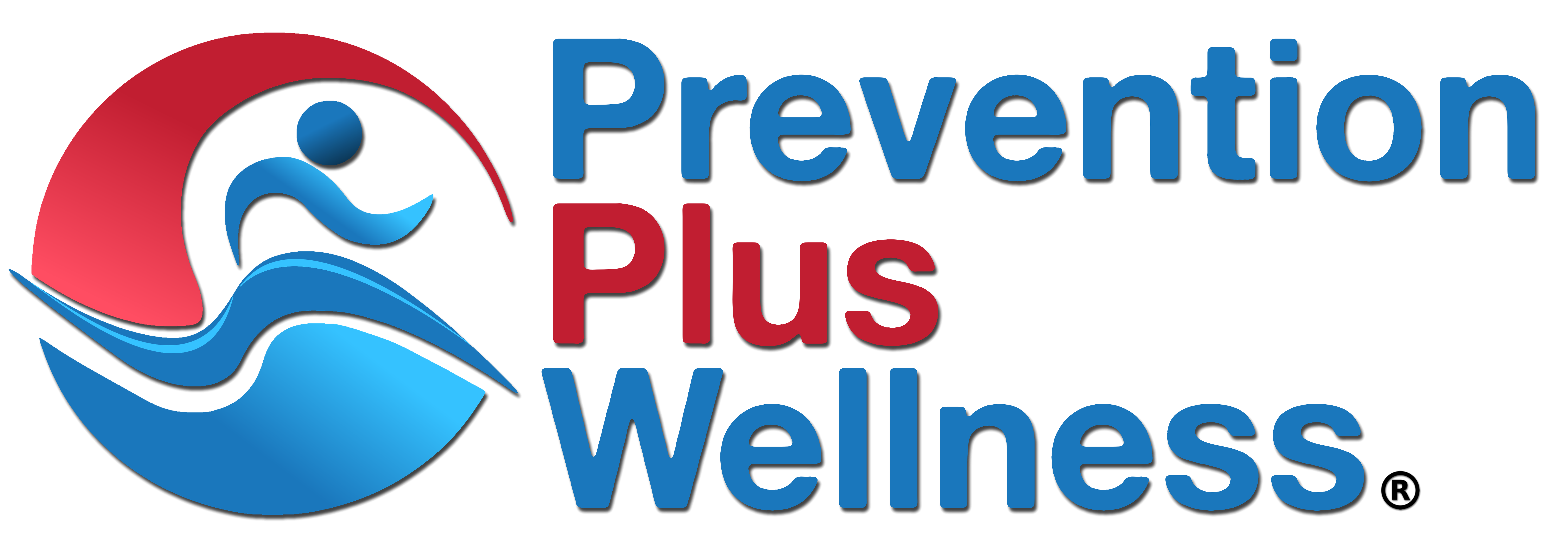The one-session SPORT Prevention Plus Wellness was implemented to 65 high school students in Broome County, NY in 2021. The program was implemented to youth individually in person.
Surveys were collected immediately before and after the program was implemented and included the following measures:
- Behavioral intentions to engage in 4 wellness habits
- Behavioral intentions to use 5 substances
- Perceived harmfulness of 5 substances
Pretest to posttest percentage change scores are presented below.
Wellness Behavioral Intentions
- Physical Activity: 17.67% increase to very likely get physical activity most days/week
- Sleep: 30.77% increase to very likely or likely to get 8 or more hours sleep most nights
- Healthy Eating: 29.23% increase to very likely or likely eat mostly health foods most days
- Stress Control: 41.54% increase to likely take action to reduce stress most days
Substance Use Behavioral Intentions
- Alcohol: 9.23% increase to very unlikely drink any alcohol and 3.07% decrease in very likely to drink any alcohol. At posttest, 93.85% were very unlikely or unlikely to drink any alcohol
- Cigarettes: At posttest, 98.44% were very unlikely to smoke any cigarettes
- Marijuana: 8.02% increase to very unlikely use any marijuana and 3.17% decrease in very likely to use any marijuana. At posttest, 86.15% were very unlikely to use any marijuana
- E-cigarettes: 9.38% increase to very unlikely vape any e-cigarettes and 3.13% decrease in very likely to vape any e-cigarettes. At posttest, 92.19% were very unlikely to vape any e-cigarettes
- Non-medical Opioids: At posttest, 98.46% were very unlikely to use any non-medical opioids
Perceived Harmfulness of Substance Use
- Alcohol: 13.84% increase to very likely cause harm and 4.62% decrease in very unlikely to cause harm
- Cigarettes: 12.62% increase to very likely cause harm and 3.23% decrease in very unlikely to cause harm
- Marijuana: 16.94% increase to very likely cause harm and 16.92% decrease in very unlikely to cause harm
- E-cigarettes:12.31% increase to very likely cause harm and 4.62% decrease in very unlikely to cause harm
- Non-medical Opioids: 10.77% increase to very likely cause harm and 4.62% decrease in very unlikely to cause harm
Conclusions
The single-session SPORT Prevention Plus Wellness (PPW) program had large effects on increasing adolescents’ intentions to engage in all four wellness behaviors. The likelihood to engage in healthy habits increased the greatest for taking daily action to reduce stress (42%), followed by getting 8 or more hours of sleep (31%), eating mostly healthy foods (29%) and getting physical activity (18%).
Double digit effects were also found on combined intentions to not drink any alcohol (12%), use any marijuana (11%) and vape any e-cigarettes (13%). Most youth reported little intentions to use substances at baseline, especially for cigarettes and non-medical opioids. Greater results on intentions to avoid substances may result from future use of online pretest and posttest surveys to reduce youth social desirability influences to underreport substance use.
Lastly, the SPORT PPW program increased perceived harmfulness for each of five substances. Perceived harmfulness is known to be negatively associated with substance use. Increases in combined perceived harmfulness scores included 18% for alcohol use, 16% for combustible cigarettes, 34% for marijuana, 17% for e-cigarettes and 16% for non-medical opioid use.

